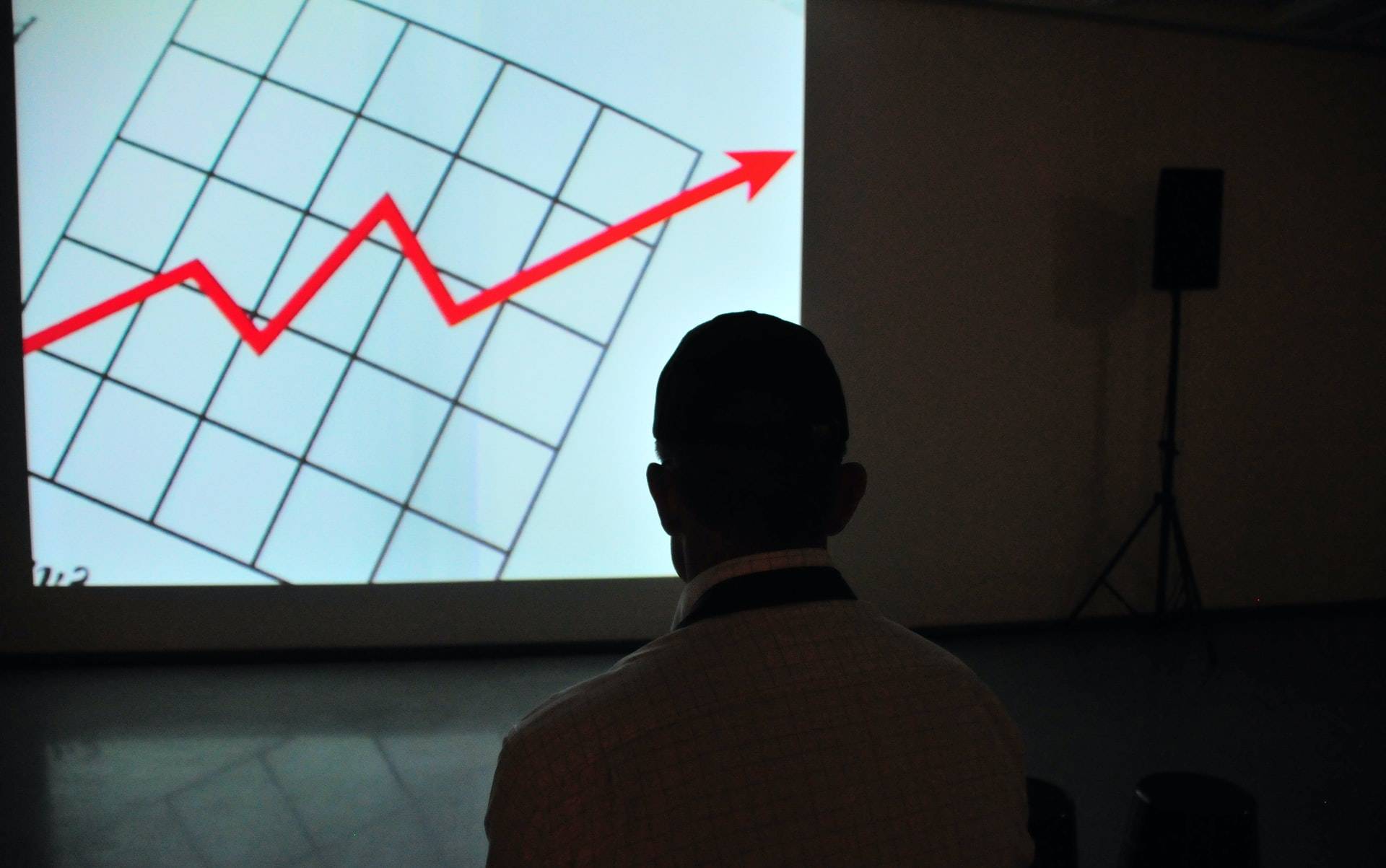Following the recent sharp rise in tensions in the Middle East, the price of gold has soared to a record $2400 per ounce. Since the start of the year, gold prices have increased by 13% in USD and even more markedly by 18% in Polish zloty. This rise may continue as geopolitical tensions remain elevated and a cut in US interest rates approaches. Consequently, gold might reach the psychological threshold of $2500 per ounce.
In recent days, the global market price of gold has stabilized at $2400 per ounce (approximately 31 grams). Its price has risen by 13% since the beginning of the year, setting a new all-time high. Gold prices have risen three times faster than other commodities. To purchase a standard 12 kg gold bar, one would need a staggering amount of $900,000. We are currently witnessing a situation where both gold prices and the US dollar are strengthening. This causes the price of gold in Polish zloty to rise more significantly than in USD. Since the beginning of the year, the dollar has strengthened by over 4% against the zloty, which means that the price of gold in Polish currency has increased by nearly 18%.
The rally in gold is driven primarily by market demand for safe assets. The ongoing situation in the Middle East is one of a series of events escalating global geopolitical tensions. Concurrently, the war in Ukraine and numerous smaller crises persist. This year also sees elections in countries representing 60% of the global GDP, including the US presidential election. These factors lead investors to buy gold as a “safe haven”. Gold has a long history of providing security in challenging times and amidst growing geopolitical uncertainty. It benefits from the absence of credit risk, a negative correlation with risky assets, and a long-standing history.
Gold also benefits from anticipated cuts in US interest rates, although the projected level of cuts is decreasing due to the strong economic situation in the US. Currently, the market anticipates the first rate cut in June, with two cuts expected this year. As rates fall, the interest on assets competitive with gold, such as cash, also declines.
Gold also serves as a hedge against inflation for American investors, further supporting current demand. Investors are concerned that inflation in the US may remain above the 2% level for an extended period. In this context, it is important to remember that while gold protects against inflation in the US, historical data from Poland shows that gold does not protect against inflation in zloty.
Record gold prices are supported by purchases from central banks, which reached record levels last year. In 2022 and 2023, central banks purchased over 1000 tons of gold annually. Last year, China increased its gold reserves by 225 tons (to 2235 tons). The second-largest buyer is the National Bank of Poland, which increased its gold reserves by 130 tons in 2023. Currently, Poland holds nearly 13% of its reserve assets in gold, with a goal to increase this to 20%.
However, central banks account for only about 25% of the demand for gold. Half of the world’s demand for this precious metal comes from the jewelry industry, mainly driven by customers in China and India. The electronics industry accounts for 10% of the demand, with the rest going to investors in the form of gold coins and bars.
Although gold has the ability to maintain its value over time, its price can be highly volatile in the short term. Moreover, gold does not generate a fixed return rate, such as interest rates from bonds or dividends from stocks. Instead, it can provide some portfolio diversification. Historically, it has typically provided lower returns than the stock market, which may be why individual investors hesitate to invest in gold. The latest eToro Individual Investor Pulse survey from March shows that 10% of Polish investors plan to increase the proportion of commodities in their portfolios this year. The same is planned by 8% of global investors.
Paweł Majtkowski, eToro analyst in Poland
